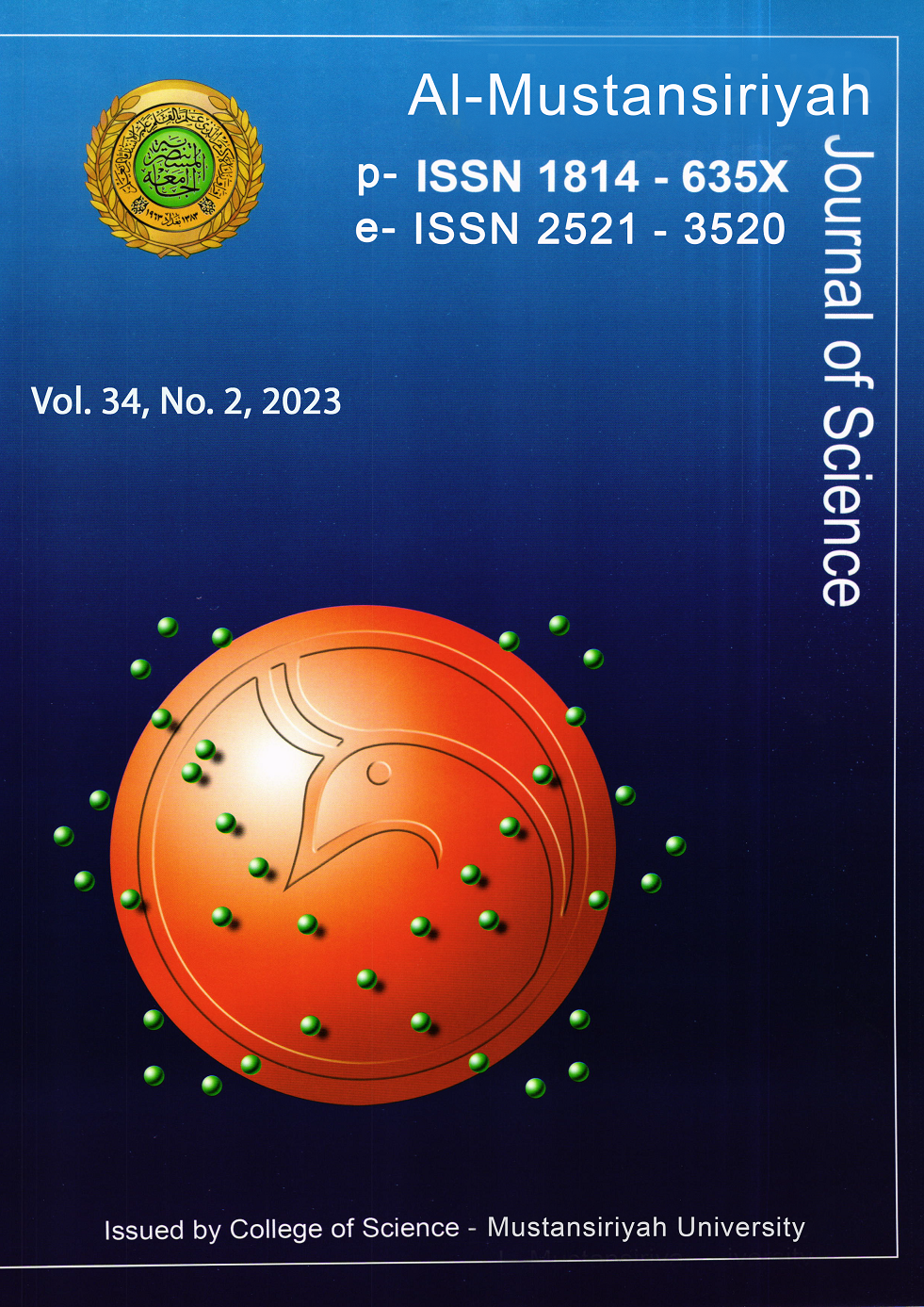Natural Ingredients in the Jimen Basin Using Remote Sensing Technology
DOI:
https://doi.org/10.23851/mjs.v34i2.1300Keywords:
Water harvesting, Hydrology, Jimen Basin, GISAbstract
The scarcity of water resources constitutes a real problem facing man on an ongoing basis, especially with the exacerbation of environmental degradation and drought that affected large parts of the globe. With the increase in the number of the earth's population, the world is in need of more water sources for various activities. The study of the importance of water harvesting in its economic and environmental advantages lies in the impact on increasing and improving the productivity of agricultural crops by providing additional water at a low cost using supplementary irrigation. Remote sensing and applications of informatics systems are used to detect the best sites for the application of rainstorm water collection methods. This study aims to produce a map of the optimal sites for water harvesting methods to benefit from the water at the site of its fall without waiting for it to reach the downstream in Jimen Basin. This site is characterized by the presence of geological formations that have an important role in the application of water harvesting such as solid formations that allow the construction of dams within the basin. The study analyzed a lot of data on air temperature, solar radiation, relative humidity, evaporation, and rainfall amount. The geological formations, natural plants, and types of soil were also studied. It was found that Jimen Basin is very suitable to be used as a water harvesting basin to develop the region around the basin which is semi-arid. In conclusion, the proposed lake can help provide the possibility of establishing a residential city and also be a promising tourist site.
Received: 08/02/2023
Revised: 30/03/2023
Accepted: 05/04/2023
Downloads
References
O. O. Aladenola and O. B. Adeboye, "Assessing the potential for rainwater harvesting," Water Resour. Manag., vol. 24, no. 10, pp. 2129-2137, 2010.
Y. A. Mousa, A. F. Hasan, and P. Helmholz, "Spatio-Temporal Analysis of Sawa Lake's Physical Parameters between (1985-2020) and Drought Investigations Using Landsat Imageries," Remote Sens., vol. 14, no. 8, p. 1831, 2022.
A. Assadi, J. Honarmand, S.-A. Moallemi, and I. Abdollahie-Fard, "Depositional environments and sequence stratigraphy of the Sarvak Formation in an oil field in the Abadan Plain, SW Iran," Facies, vol. 62, no. 4, pp. 1-22, 2016.
A. H. A. Al-Obeidi, T. M. Saad, and A.-M. A. R. Al-Jabery, "Study The Possibility Of Harvesting Water Using Remote Sensing Technologies In The Abu Maris Basin-Iraq," NVEO-NATURAL VOLATILES Essent. OILS Journal| NVEO, pp. 5411-5438, 2021.
S. G. Salar, "Urban Geomorphology of Darbandikhan District Using GIS & RS Iraqi Kurdistan Region," J. Garmian Univ., vol. 4, no. ICBS Conference, pp. 301-319, 2017.
A. T. F. U. K. Al-Masoudi and P. D. R. N. W. F. Al, "Designing A Rainstorm Over AL-Zafran Valley Basin and Modelling Surface Runoff Using Modern Geographic Techniques", Journal of Physics: Conference Series, 2021, vol. 1818, no. 1, p. 12001.
M. Dr.. F. p. a. Nafeh, "Using Water Harvesting Technologies for the Development of Iraqi Water Resources," Al-Mustansiriya Journal of Arab and International Studies, vol. 14, no. 60th, pp. 1-23, 2017.
K. Mburu, "Effects of Climate Variability and Change on Dry land Agriculture and the Adaptation strategies by Small Scale Farmers in Yatta District," Kenya Unpubl. Dr. Thesis Kenyatta Univ., 2013.
A. A.-O. Abdulaziz, "Enhancing groundwater recharge in arid region-a case study from Central Saudi Arabia," Sci. Res. Essays, vol. 6, no. 13, pp. 2757-2762, 2011.
E. Morin, Seven complex lessons in education for the future. Unesco, 2002.
T. Y. Oweis, D. Prinz, and A. Y. Hachum, Rainwater harvesting for agriculture in the dry areas. CRC press, 2012.
Downloads
Key Dates
Published
Issue
Section
License
Copyright (c) 2023 Al-Mustansiriyah Journal of Science

This work is licensed under a Creative Commons Attribution-NonCommercial 4.0 International License.
(Starting May 5, 2024) Authors retain copyright and grant the journal right of first publication with the work simultaneously licensed under a Creative Commons Attribution (CC-BY) 4.0 License that allows others to share the work with an acknowledgement of the work’s authorship and initial publication in this journal.






















